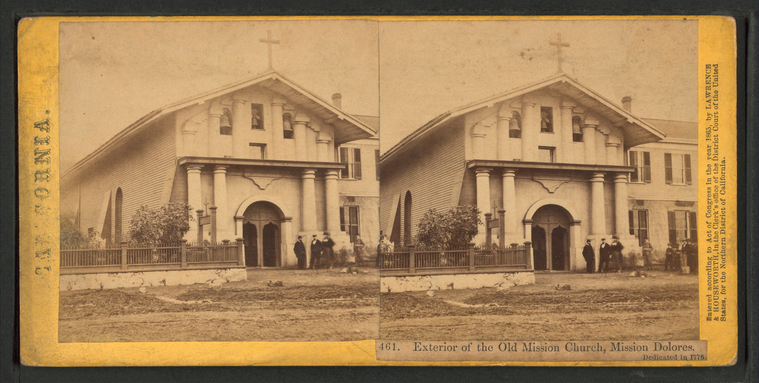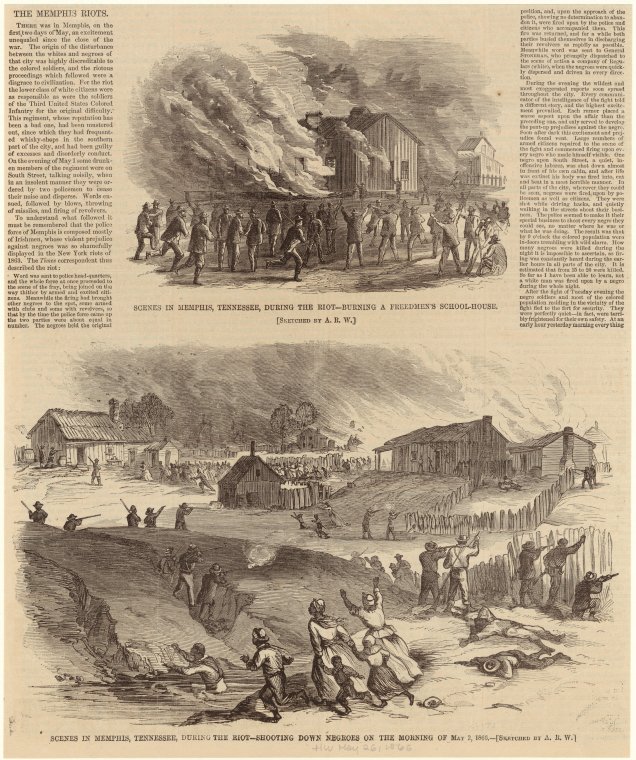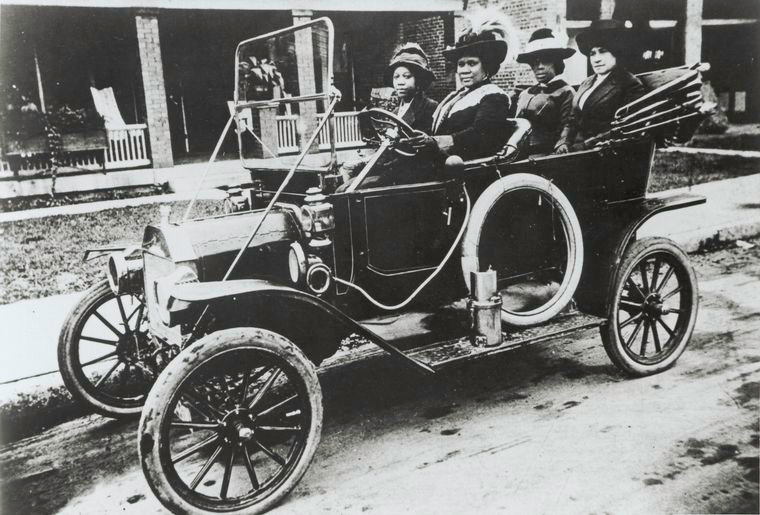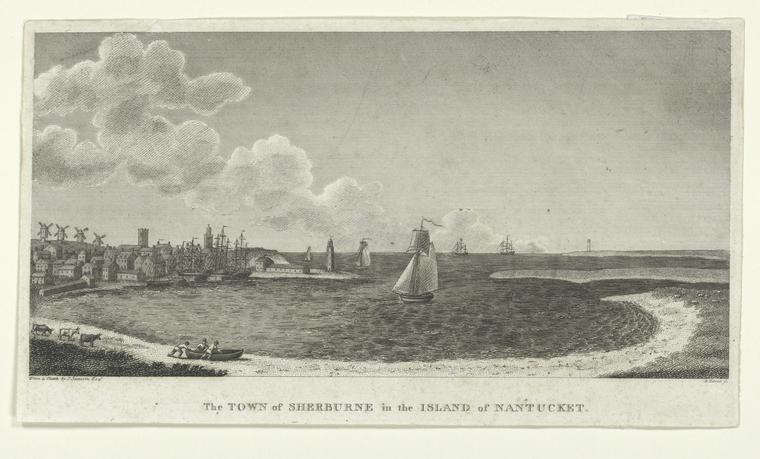Book Review: "Black Fortunes" by Shomari Wills
"Success is to be measured not so much by the position that one has reached in life as by the obstacles which he has overcome." - Booker T. Washington

Imagine living in a world where your humanity is always in question. One in which you had no control over your family, your finances, your very existence. A world that both valued your body for its ability to work and be used for profit, but also saw you as disposable and beneath those that ruled over you.
This is the world that existed for African American slaves in the Unites States for more than 250 years and this is the world we learn about during our formative years. With slavery's end, came other hardships that could lead to the debate that while slavery "ended," it continued in various incarnations. Either way, life was extremely hard for African Americans—but within that lies another story, one we don't often hear about.
There were people who not only survived the atrocities but were able to perservere in spite of them. People who had no formal education and yet went on to build fortunes that, even by today's standards, are amazing. Shomari Willis' Black Fortunes: The Story of the First Six African Americans Who Escaped Slavery and Became Millionaires brings to light these individuals and adds onto to the rich history of African Americans in the United States, showing slavery not as the singular origin story of a people but, rather, the root of a much larger and varied tree.
William Alexander Leidesdorff
The book begins with a brief chapter focused on William Alexander Leidesdorff, the first black millionaire according to Wills. He, like a few others profiled, was of mixed race, having been born to a Danish sailor and a Caribbean woman. Leidesdorff went on to build a fortune in the import-export business and became the most prominent figure in California (which, at the time he lived there, was still a territory of Mexico).

Leidesdorff had a stake in several businesses including a general store, a lumberyard, and even the the first hotel built in San Francisco. When he unexpectedly died in 1848, his estate was worth $1.4 million dollars which, in today's money, is the equivalent of $38 million. Due to his status, Leidesdorff was given the honor of being buried inside Mission Dolores Church, where his grave still exists today. Despite his prestige in life, with the swipe of a pen, Leidesdorff's wealth was stolen from his family upon his death.
Mary Ellen Pleasant
Mary Ellen Pleasant was born free in 1814 and sent to live with a white family of Quakers in Nantucket, people her parents thought would provide her an education once she reached school age. Instead, she was put to work from a young age and had to teach herself to read and write.
She honed her business acumen working in the general store owned by the family matriarch. During this time, the whaling business was experiencing a boom, and she got to see the ins and outs of the industry. Eventually, she would make her way to San Francisco during the gold rush, and she built her fortune by owning boarding houses and laundries, and becoming a pro at the stock market.
Despite her accomplishments, when a story was published about Pleasant's attempt to desegregate public transportation in San Francisco, she was dubbed the disrespectful name of "Mammy Pleasant."
The treatment that Pleasant endured and the theft of Leidesdorff's wealth shows a common theme in the book. Although these people were able to reach levels of success only few did at the time, their race always came into play in some way or another, and had negative consequences.
There's Hannah Elias, who went on to build a real estate empire in Harlem but initially had to live practically housebound and wear a veil when going out so her white neighbors wouldn't know she was black. Robert Reed Church, once considered one of the largest landowners in Tennessee, was hated by white citizens in the city of Memphis and endured a race riot and abuse by cops. Yet he was the first to use money from his businesses to save the city from a yellow fever outbreak on several occassions and rebuild a whole district lost to a fire.

"The black wealthy class perhaps represented the greatest affront to the racist economic systems of the slave and the Jim Crow eras. It is perhaps for this reason that the six individuals in this book faced assassination attempts, mob violence, threats, libel, and slander," Wills writes.
Other millionaires profiled in the book include Annie Turnbo Malone, who taught herself chemistry to build what would become the first nationally known black hair care brand. O.W. Gurley was a schoolteacher who yearned for a safe community for himself and other black families, and built it in Tulsa, OK. He would become known as "Black Wallstreet."
Madam C.J. Walker is not one of the six people profiled, but she is featured because she was originally known as the first black millionaire. In fact, she was not, but she had started as an apprentice to Malone and used what she learned to build her own hair care empire. She wasn't the first black millionaire, but she was flashy, and her rivalry with Malone inspired her to live extravagantly as a way to build her brand.
You can tell from his writing style that Shomari Wills is a journalist. Black Fortunes is written in an almost conversational manner that makes it flow really easily. Narrative nonfiction, also called creative nonfiction and literary journalism, is a style in which all information is factual but presented in a manner similar to fiction so there is attention to setting scenes, presenting interesting characters and, in effect, telling a story. That style is clearly at work here as Wills weaves in and out of the lives of the various millionaires and their interactions with well-known African American intellectuals such as Ida B. Wells, Frederick Douglass, and W.E.B. Du Bois.

"The stories of the first black millionaires in America are the beginning of an epic that is still unfolding - the journey from enslavement to economic and social equality. Their unlikely lives provided a spark for a people just beginning to lift themselves out of bondage and still serve as inspiration for minorities and women as they strive for greater financial empowerment today," Wills writes.
The story of America is one of grit, of people who came from nothing and built themselves up. Pioneers who were unafraid to venture into unknown territory to build homes and attain wealth. The people in Black Fortunes are no different. Being African Americans put them at a disadvantage but it was their intelligence, drive, and determination that helped some to overcome their circumstances to become the pioneers we now know them to be.
Suggested Reads
If you'd like to read similar books about the African American experience, check out the titles below, including some featuring a few of the millionaires discussed in Black Fortunes.
The Warmth of Other Suns by Isabel Wilkerson
Walter White: The Dilemma of Black Identity in America by Tom Dyja
A Dreadful Deceit: The Myth of Race from the Colonial Era to Obama's America by Jacqueline Jones
The New Jim Crow by Michelle Alexander
The Making of "Mammy Pleasant": A Black Entrepreneur in Nineteenth-century San Francisco by Lynn M. Hudson
Beale Street Dynasty: Sex, Song, and the Struggle for the Soul of Memphis by Preston Lauterbach
Reconstructing the Dreamland: The Tulsa Riot of 1921: Race, Reparations, and Reconcilation by Alfred Brophy
Read E-Books with SimplyE
 With your library card, it's easier than ever to choose from more than 300,000 e-books on SimplyE, The New York Public Library's free e-reader app. Gain access to digital resources for all ages, including e-books, audiobooks, databases, and more.
With your library card, it's easier than ever to choose from more than 300,000 e-books on SimplyE, The New York Public Library's free e-reader app. Gain access to digital resources for all ages, including e-books, audiobooks, databases, and more.
If you don’t have an NYPL library card, New York State residents can apply for a digital card online or through SimplyE (available on the App Store or Google Play).
Need more help? Read our guide to using SimplyE.
